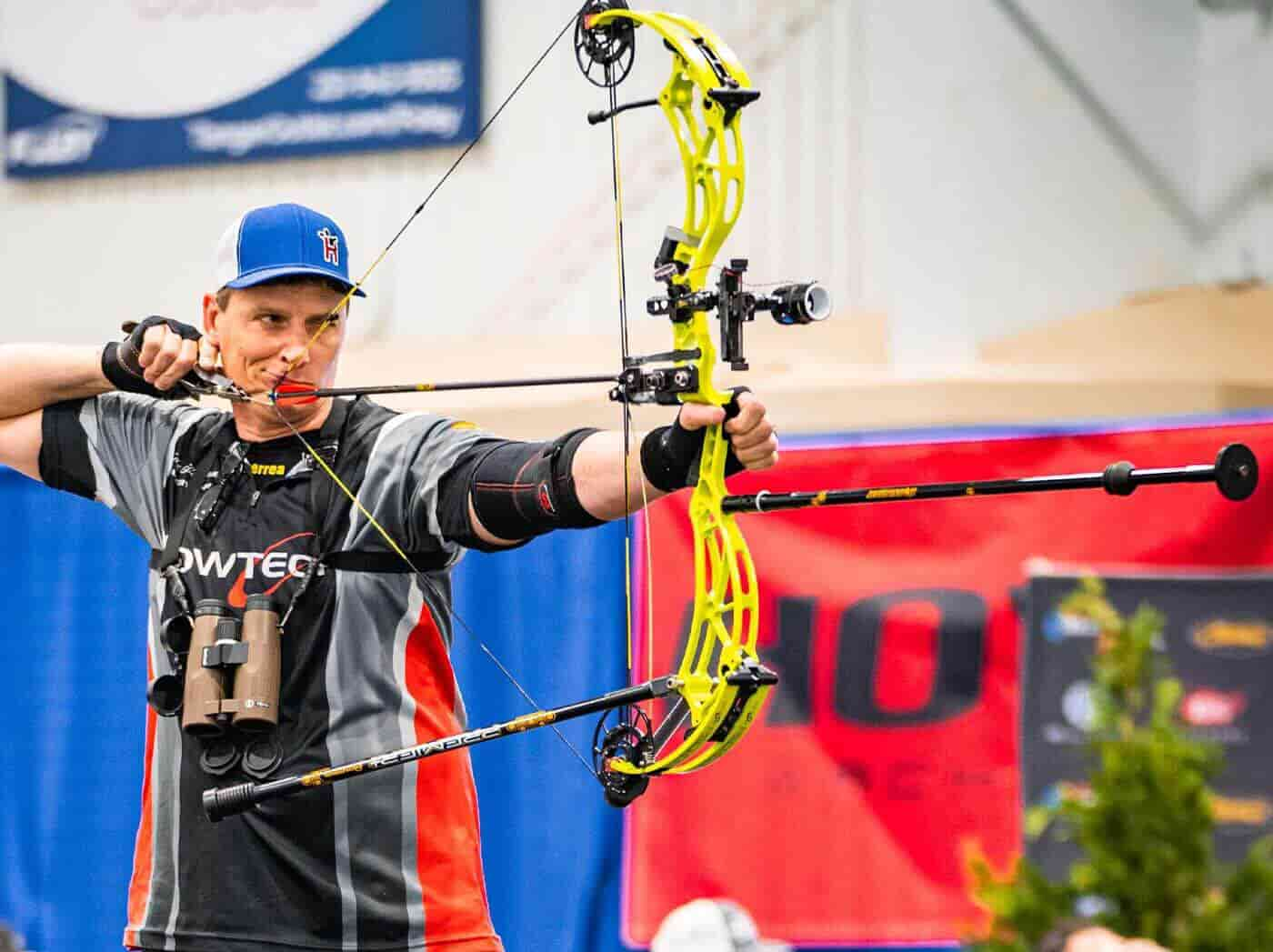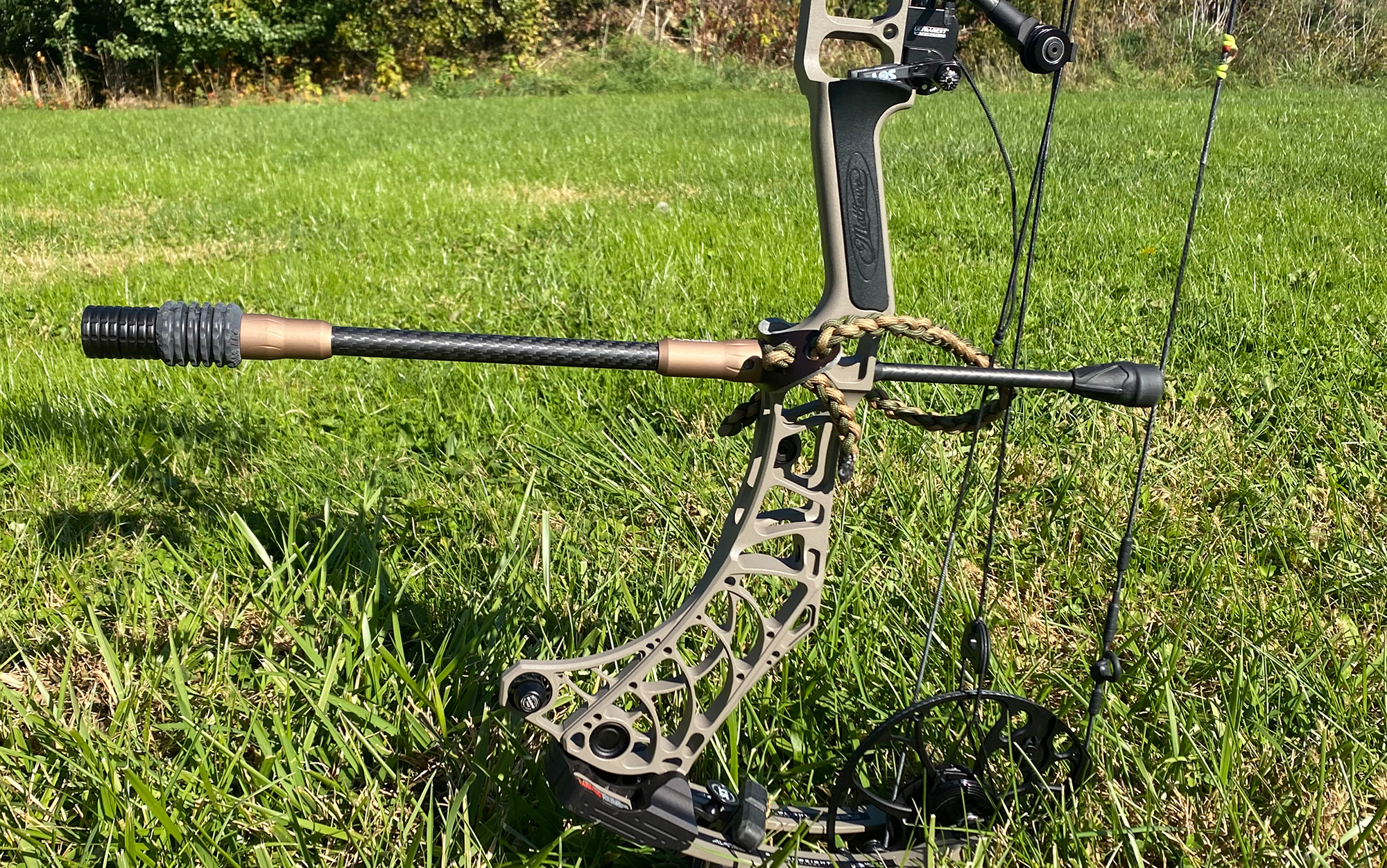Discovering Archery Stabilizers: Locating the Perfect Fit
Wiki Article
Optimize Your Archery Efficiency With the Perfect Stabilizer: a Thorough Buyer's Guide
Archery lovers recognize the relevance of having the right tools to improve their performance. While bows and arrows may steal the limelight, a vital item of equipment that usually goes neglected is the stabilizer. A stabilizer can considerably affect your shooting precision and security, yet discovering the ideal one can be an overwhelming job. In this detailed purchaser's guide, we will certainly discover the various sorts of stabilizers, essential aspects to take into consideration, the relevance of correct size and weight, picking the appropriate damping system, and upkeep suggestions. Whether you're an experienced archer or simply beginning, this guide will certainly assist you navigate the globe of stabilizers and optimize your archery performance.Types of Stabilizers
There are three main sorts of stabilizers typically utilized in archery performance. These stabilizers play a crucial role in improving accuracy and minimizing bow torque. The first type is the lengthy pole stabilizer. Long rod stabilizers are commonly affixed to the front of the bow and expand outwards. They give equilibrium and security during the shot, minimizing any unnecessary motion. Long rod stabilizers are specifically reliable in reducing bow torque, enabling a more stable and regular launch.The 2nd sort of stabilizer is the side rod stabilizer. Side pole stabilizers are affixed to the side of the bow and help counterbalance any type of side activities. They help in keeping a constant and straight aim, particularly when managing crosswinds or uneven terrain. Side pole stabilizers are especially beneficial for archers that fire from a standing setting and require stability on both the straight and upright axes.
The third type of stabilizer is the V-bar stabilizer. V-bar stabilizers are usually utilized in combination with side rod stabilizers to additionally improve stability.
Recognizing the various kinds of stabilizers is important when picking the right devices to optimize archery performance. Each stabilizer type serves a specific purpose, and choosing the proper mix can considerably enhance accuracy and consistency on the variety or in the field.
Key Elements to Consider

Primarily, it is vital to think about the size and weight of the stabilizer. Longer stabilizers supply increased stability and balance, while shorter ones provide more maneuverability. The weight of the stabilizer affects the general balance of the bow, and it is necessary to find a stabilizer that complements the weight of your bow.
One more essential element to think about is the product of the stabilizer. Stabilizers are frequently made from light weight aluminum, carbon, or a mix of both. Aluminum stabilizers are durable and provide exceptional vibration moistening, while carbon stabilizers are light-weight and deal superior vibration absorption.
In addition, it is essential to assess the style and adjustability of the stabilizer. Some stabilizers feature flexible weights and dampeners, permitting you to customize the balance and resonance control. Additionally, considering the mounting alternatives and compatibility with your bow is important to make certain a appropriate and protected fit.
Lastly, budget is a significant variable to think about. Stabilizers are available in a variety of prices, and it is crucial to find one that fits within your spending plan while still satisfying your efficiency requirements.
Importance of Proper Size and Weight

Correct length and weight are critical aspects that significantly affect the performance of an archery stabilizer. The size of the stabilizer determines its performance in reducing bow torque and resonances. archery stabilizer. Longer stabilizers give greater stability and balance, causing enhanced precision and consistency in arrowhead flight. On the other hand, much shorter stabilizers are much more maneuverable and provide better control during rapid target purchase. It is necessary to consider the shooting style, target range, and individual preference when selecting the size of a stabilizer.
Similarly, the weight of the stabilizer plays an important role in attaining optimum performance. A heavier stabilizer soaks up extra resonance and minimizes bow movement during the shot, causing a steadier aim and tighter groups. A stabilizer that is also heavy can trigger tiredness and affect the shooter's capacity to hold stable. It is very important to strike an equilibrium in between weight and ability to move to assist in comfortable shooting and keep uniformity.
Moreover, the size and go now weight of the stabilizer should be suitable with the archer's physical stamina and capturing technique. By picking useful reference the right length and weight, archers can maximize their stability, minimize bow torque, improve accuracy, and boost overall performance. It is advised to consult with knowledgeable archers or specialists to make sure the most effective match in between the stabilizer and private capturing needs.
Picking the Right Damping System
The selection of a proper damping system is important in optimizing the efficiency of an archery stabilizer. A damping system is designed to lower the vibrations and sound produced when an arrow is released, giving the archer with a much more precise and steady shot. There are several factors to think about when selecting the ideal damping system for your stabilizer.Firstly, it is important to consider the sort of product made use of in the damping system. Rubber and rubber-like materials are frequently made use of due to their capacity to soak up resonance why not find out more effectively. These materials are also resilient and lightweight, making them optimal for archery stabilizers.
Second of all, the design of the damping system must be considered (archery stabilizer). Seek a system that offers several get in touch with points with the stabilizer, as this will certainly disperse the resonances a lot more equally and further improve the stabilizer's performance
Additionally, consider the adjustability of the damping system. Having the ability to make improvements the degree of damping can be advantageous, as various archers might have varying preferences and shooting styles.
Last but not least, it is crucial to make sure that the picked damping system is suitable with your stabilizer. Check the dimensions and requirements to guarantee a correct fit.
Maintenance and Treatment Tips
To make sure ideal efficiency and longevity of your archery stabilizer, it is crucial to carry out proper maintenance and treatment methods. Oiling the relocating components of the stabilizer, such as the dampers and weight system, is additionally important to ensure smooth procedure. By adhering to these upkeep and treatment ideas, you can maximize the efficiency and longevity of your archery stabilizer.Verdict
In verdict, picking the right stabilizer for archery is important for making the most of performance. By considering factors such as stabilizer type, size, weight, and damping system, archers can improve their accuracy and stability. Additionally, proper maintenance and treatment of the stabilizer is crucial for its longevity and optimum performance. With the right stabilizer and appropriate focus to these aspects, archers can enhance their overall archery experience.The second type of stabilizer is the side rod stabilizer.The 3rd kind of stabilizer is the V-bar stabilizer. V-bar stabilizers are normally used in combination with side rod stabilizers to better enhance security. The weight of the stabilizer affects the total balance of the bow, and it is essential to find a stabilizer that matches the weight of your bow.
Light weight aluminum stabilizers are resilient and offer excellent vibration moistening, while carbon stabilizers are light-weight and deal remarkable vibration absorption.
Report this wiki page